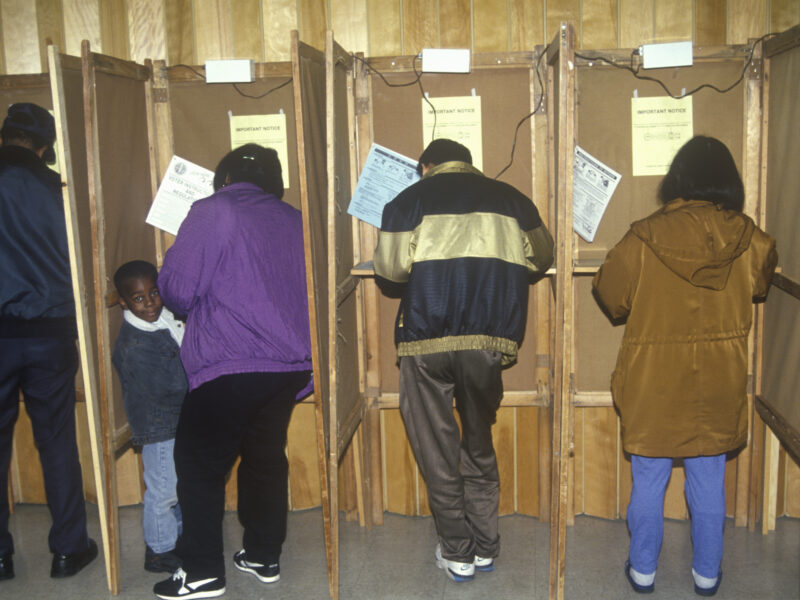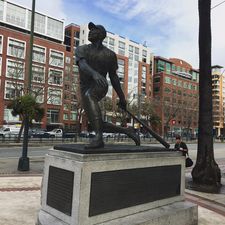During this month’s Fall Family Weekends at Bath and Woodstock we showed the film Race to Nowhere. Families sat together during the 90-minute film and then we talked about it. Of course, the provocative movie also fueled countless conversations throughout the weekend. That was the idea.
It’s nearly impossible to think about the film without comparing and contrasting it with Waiting for Superman. If you haven’t seen them, know that both draw attention to the problems with our schools.
In short, Superman focuses its lens on America’s underserved and deals with achievement gaps relative to test scores, shows how we protect pedagogic ineptitude while we simultaneously disincentivize innovation, and portrays the unfairness of a system that has turned America’s time-honored notion of access of educational opportunity into a game of anxious chance in the form of agonizing lottery rituals. The title comes from a story told by Geoffrey Canada of The Harlem Children’s Zone. A child of the South Bronx, his mother took him to see one of the Adventures of Superman films and as they were exiting the theatre, he asked his mother, “When is Superman coming to save us?” His mother replied, “There is no Superman.” The clear implication: We’re going to have to save ourselves. (If that is the only lasting legacy of the film, it will prove historically essential.)
Moving the camera over to suburbia, Nowhere portrays the micro- and macro-depression spawned by our current national test mania. Kids come across either as robotic automatons piling on more AP credits while subjecting themselves to yet another SAT prep course, or… as depressed and medicated victims of a spirit-killing, sleep-depriving pace they can’t possibly maintain. (I couldn’t help but wonder if the latter might turn out to be the lucky ones.) A kid in the film gives it its title when he observes that the whole affair “seems like a race to nowhere.”
As one who has long been obsessed with educational change (and sees the option of educational reform as a “train that left the station” years ago), both films were signs of encouragement to me. I had hoped that they might serve as a call to arms much like Thomas Paine’s Common Sense did for the American colonists or like local (Brunswick resident) hero Harriet Beecher Stowe’s Uncle Tom’s Cabin did for the mid-19th century Abolitionist movement. Time will tell on that score.
This is not to say that I agree with everything in the films. For the record, I feel that Superman oversimplifies the solution to our educational ills in arguing that all will be made better by making a deep and national commitment to getting better teachers in our classrooms. (While I’m all for that, I don’t see how that will impact parenting or family life. And in my experience, bad parenting beats out good teaching almost every time.)
Nowhere, on the other hand, oversimplifies the problem by implying that all we need to do is ease off on the homework and let kids sleep more. (It’s also about 30 minutes too long with redundancies that clutter the message.)
During the post-film discussions at both schools, questions were raised suggesting that Hyde, a very challenging and demanding place, might well be guilty of some of the evils portrayed in Nowhere. This and other observations relative to the film percolated healthily throughout both weekends. (Also the idea.) I’ll address this issue in my next entry.
Onward, Malcolm Gauld


